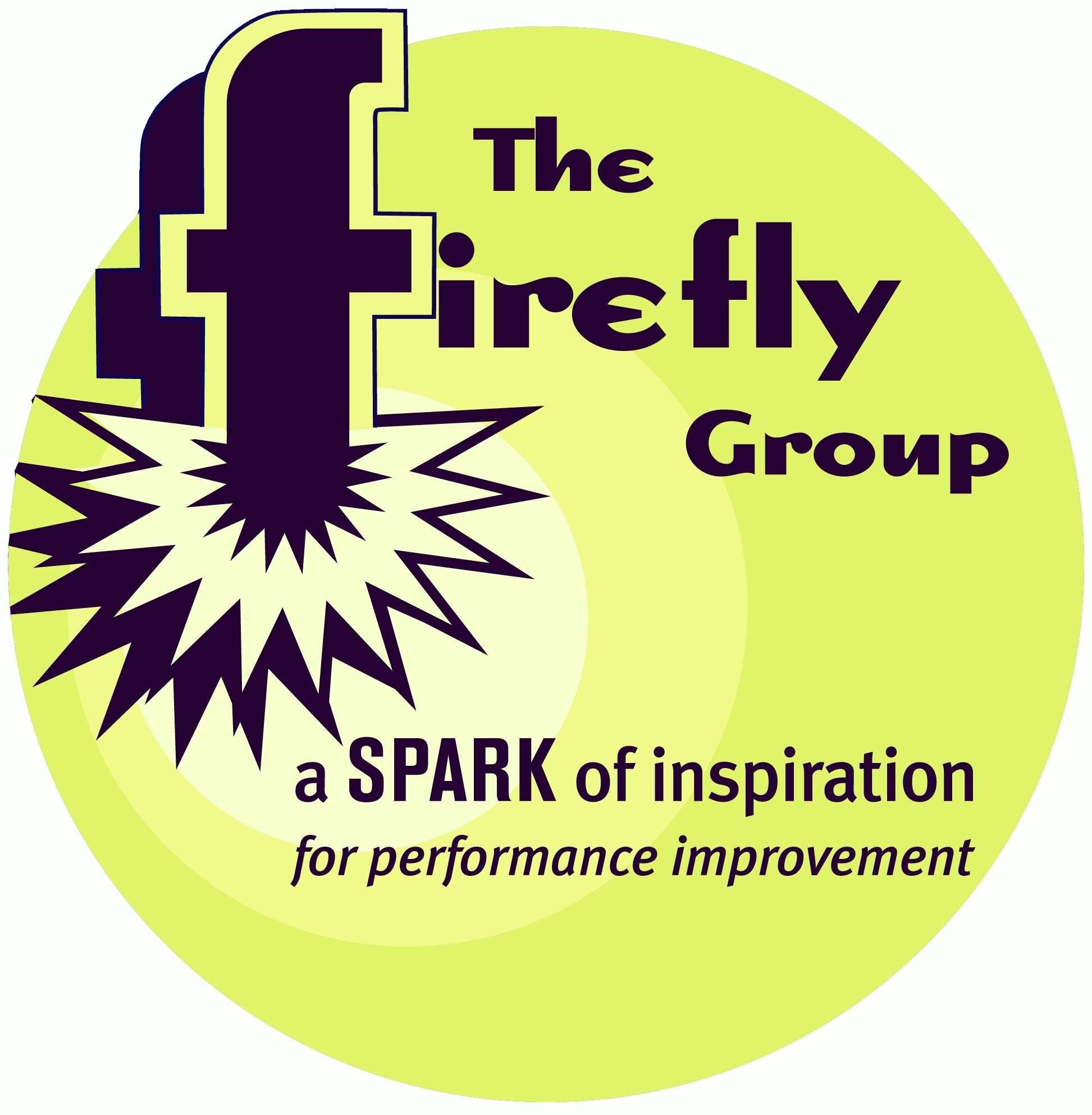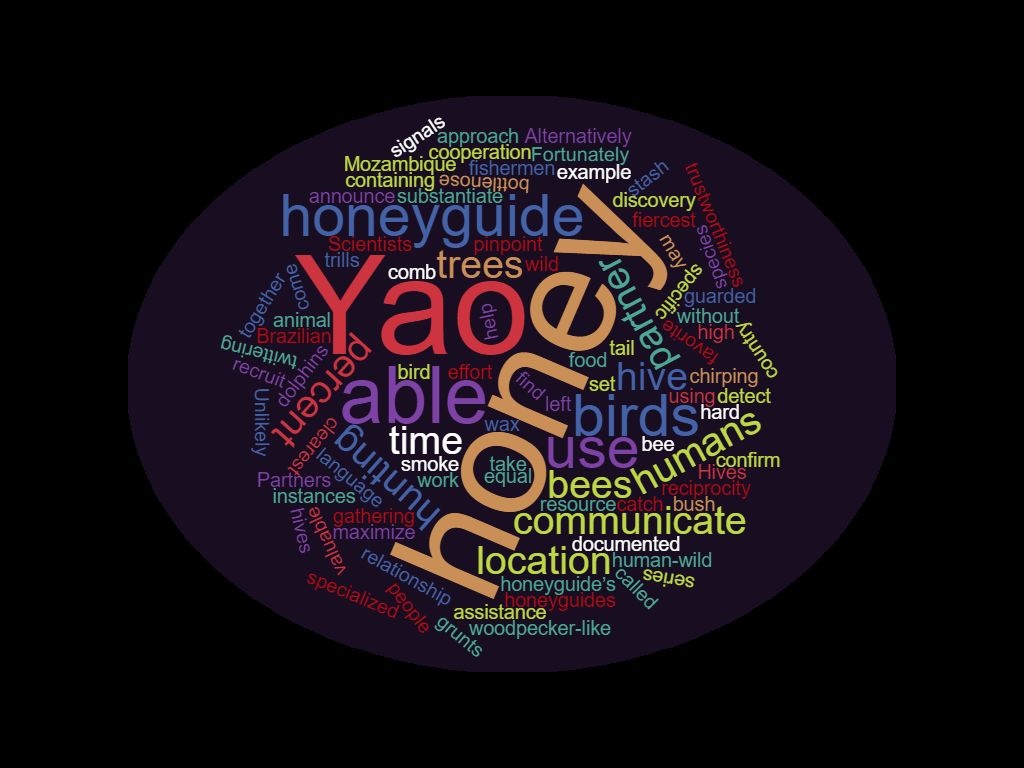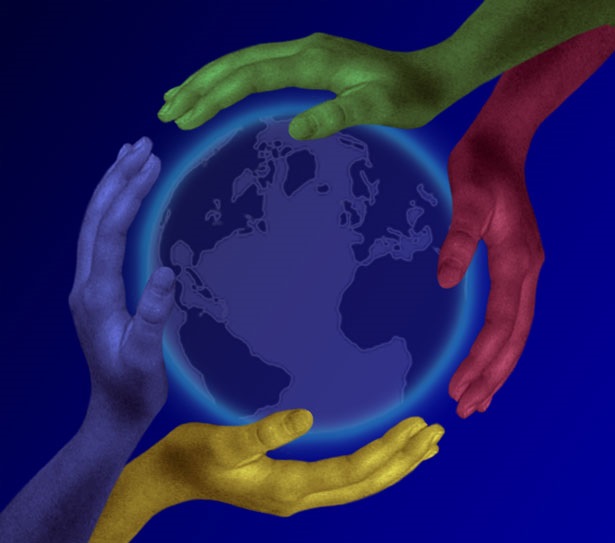

What's New

Words of Wisdom
52
cards and 15 activities to spark conversations and make sense of learning.
Learn more HERE.
What We Do
The Firefly Group helps people make sense of what they learn and experience.
Whether facilitating a group for better decision-making, keynoting a conference, leading a training, or writing an instructional design, we use novel methods that engage, spark creativity, and produce memorable results.
 If
this sounds like a good direction for your organization, let's talk about
how we might collaborate! Please give me a call (802.257.7247) or send an
. - Brian
If
this sounds like a good direction for your organization, let's talk about
how we might collaborate! Please give me a call (802.257.7247) or send an
. - Brian
 Your ETR (Estimated Time to Read): 5 minutes Your ETII (Estimated Time to Implement Ideas): 5 weeks |
What
can you teach with a glass of water and an index card?
Watch my video and find out!
August 2016
|
Say
It Quick |
Discoveries bits of serendipity to inspire and motivate |
Ideas fuel for your own continuous learning |
Activities tips and tricks you can try today |
| Unikely Partners | Golden Opportunities |
Mutual relationships - built on trust and positive communication with sharing of resources - are important for work, at home, and throughout our community. For some birds and humans in Africa, reciprocity is essential for survival! Find out why and learn lessons that are relevant for you and your workplace beginning with this story in just 99 words.
Reciprocity
Over beers with Dillon at McNeil's Brew Pub, I was enjoying his company. Though we worked on a couple committees in our community, I didn't know him well. So this was a great chance to compare our experiences, tell stories, test ideas, and laugh.As we munched on chips and salsa, I wondered to myself whether I was seeing the real Dillon. Would sharing time translate into trust in our work? When the chips gradually disappeared I figured his true side would be revealed.
It was. He reached for the last chip, broke it, and gave me half.
 Unlikely
Partners
Unlikely
Partners
In the bush country of Mozambique, honey, a valuable resource for the Yao people, is hard to come by. Hives containing the honey are high in trees and guarded by the fiercest species of honey bees.
Fortunately, the Yao have a partner. A wild, woodpecker-like bird, called a honeyguide, is able to detect bee hives in trees and communicate the location to a Yao. The humans use a series of trills and grunts to recruit a honeyguide and confirm their trustworthiness as a honey hunting partner. Alternatively, a honeyguide may approach a Yao and use specialized twittering to announce the discovery of a stash of honey.
When they set out together, the birds are able to use tail signals and chirping to pinpoint a hive location. The Yao then smoke the bees out of the hive and take the honey. For their effort, the birds are left with the wax comb which is their favorite food.
Scientists have been able to substantiate that both the humans and the birds are using a specific language to communicate about honey hunting and gathering. They documented that the Yao were able to find honey 54 percent of the time with a honeyguide's assistance but only 17 percent of the time without their help.
There are a few other instances of human-wild animal cooperation such as Brazilian fishermen who work with bottlenose dolphins to maximize their catch. But the relationship between the Yao and honeyguides is the clearest example of equal reciprocity.
Resources:
In Africa, Birds and Humans Form a Unique Honey Hunting Party, by Natalie Angier, The New York Times, July 24, 2016.
 Go
for the Gold
Go
for the Gold
It's amazing to consider the cooperation between the Yao and honeyguides. With such different species, how was it initiated? How has it evolved and been taught to subsequent generations? What other opportunities for cross-species communication might we be missing?
If I try to imagine a Yao ancestor, perhaps a million years ago, listening to a honeyguide, how did that person learn that the twittering of a particular wild bird would result in the discovery of a delicious golden treasure? Think of how many hours of patient observation that would take; how many repetitions of trial and error that would entail!
Typically we assume that life in the wild is fiercely competitive, but not in this case. How fortunate that birds and humans want something different from the same situation. Each receives their favorite high-energy food, which they don't have to share!
Perhaps their extreme differences contribute to their ability to work together. In many instances - business, marketing, sports teams, employee hiring - it is the differences that make something or someone attractive or useful. If all you offer is what everyone else is offering, people will get more of the same. But they won't necessarily get what they need.
Research has shown that culturally diverse teams consistently deliver more novel solutions and make better decisions once they bridge their communication barriers. If humans and birds can accomplish that, imagine what gold we might discover when we combine our differences as humans!
Golden Opportunities
The collaboration and reciprocity between humans and honeyguides is both astounding and fascinating all on its own. But this story is also an opportunity for a rich discussion on multiple levels in your organization. Here's what you can do.
Share the story of the Yao and honeyguides with your group. Then look at the table below and choose a topic area from the left column. The column in the middle has a short sentence that will help you make a connection between the topic and the story. The right column contains a discussion question to get your group started.
Conclude your discussion by making a poster of key words and a sketch that summarizes how individuals will apply what they learned.
Then sharing the golden opportunities you discovered!
|
Topic
|
Connection
|
Questions
|
| Negotiation | Agreement about owning, using, or sharing resources | What are your strategies to determine the common needs and the differentiated wants between you and your business partner? |
| Team Building | Identification of skills, distribution of tasks | How much effort does your team make to distribute responsibilities according to ability? If job descriptions are set, are there informal responsibilities that can be shared more strategically? |
| Communication | Listening for and practicing the use of subtle forms of communication | What are the ways you can convey enthusiasm, trustworthiness, and commitment, besides using words? |
| Engagement | Providing opportunities to use one's unique talents | What formal and informal methods are available for team members to identify and implement their distinctive abilities? |
| Sales | Identifying a singular feature of value to you or others | What is the distinct value your service or product can add for each specific client? |
| Mentoring | Enumerate the unique abilities and skills of another | Have you shared how your protégé's talents might be applied in other settings? |
| Parenting | Accentuate the positive characteristics of an individual | When was the last time you gave targeted and measurable feedback to your teenager? |
| Relationships | Observation, time, and effort combine to build reciprocal associations | What commitment are you willing to make to improve a relationship? What are your trust-building strategies? |
|
Whether you need a keynote speaker, or help with strategic planning, performance improvement, or training facilitators and trainers in your organization, I look forward to your call (802.257.7247) or . -- Brian |
Read previous
issues. Click Library!
To add or delete your name to our mailing list, email
with a short note in the subject line.
I want this newsletter to be practical, succinct, and thoughtful. If you have suggestions about how I can meet these criteria, please let me know! Send me an with your thoughts and ideas.
Home
| Services | Products
| Mission | Ideas
| The Group | The
Buzz
(c)
2016 The Firefly Group